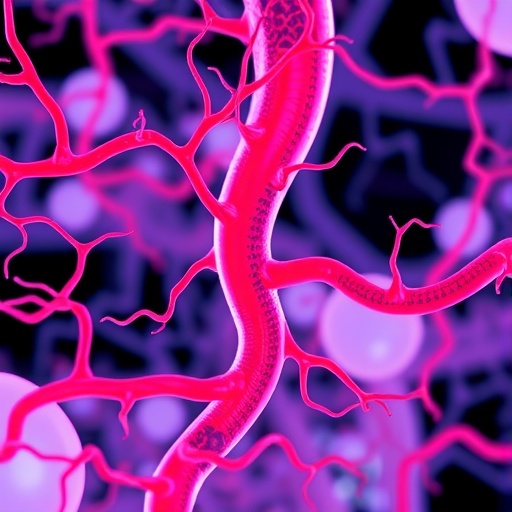(SACRAMENTO, Calif.) — A common drug for treating epileptic seizures can lead to birth defects if used during pregnancy by interfering with glutamate signaling in earliest stages of nervous system development, a study by UC Davis School of Medicine researchers has found.
The study, conducted in frogs and published in the Journal of Neuroscience, could inform the development of new epilepsy medications that are safer for pregnant women.
Laura Borodinsky"Neural tube defects such as spina bifida are among the most common birth defects. In serious cases, they can lead to neurological deficits and even infant death," said Laura N. Borodinsky, associate professor in the Department of Physiology and Membrane Biology at UC Davis School of Medicine and an associate investigator at Shriners Hospitals.
"The brain and spinal cord begin as a group of cells in the embryo that folds in on itself to form the neural tube. Some of the most common birth defects are caused by a neural tube that fails to close completely. The side effects of antiepileptic drugs (AEDs) are thought to contribute to the prevalence of birth defects among children of epileptic mothers, but the mechanisms involved are not known," she said.
Current theories have focused on side effects of these drugs and not on the primary targets because of the prevailing view that during early stages of nervous system development neural activity is neither apparent nor relevant. Borodinsky challenged that view and demonstrated that neural plate glutamate signaling in clawed frogs is present and necessary for neural tube formation.
Using multiple experimental approaches, the UC Davis team showed that the neurotransmitter glutamate and N-methyl-aspartate (NMDA) receptors play an important part in the proliferation and migration of the cells that form the neural tube, which was compromised in embryos treated with the widely-used AED valproic acid and led to defects.
###
The article is entitled, "NMDA receptor signaling is important for neural tube formation and for preventing antiepileptic drug-induced neural tube defects. DOI: https://doi.org/10.1523/JNEUROSCI.2634-17.2018
Raman Goyal is a co-author on the paper.
Media Contact
Carole Gan
[email protected]
916-734-9047
@UCDavisHealth
http://www.ucdmc.ucdavis.edu
http://www.ucdmc.ucdavis.edu/publish/news/newsroom/12830
Related Journal Article
http://dx.doi.org/10.1523/JNEUROSCI.2634-17.2018




